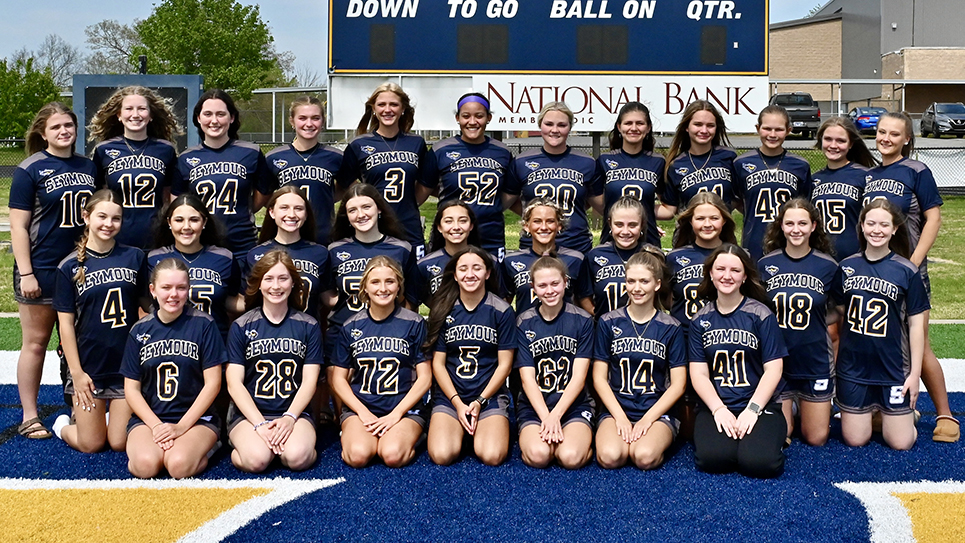Why, Tell me, Why?
By Tom Mattingly
This is the stuff of which orange-colored memories are made.
Late in the first half in the 1991 Notre Dame game, the Fighting Irish led 31-7 and were trying a field goal to extend the lead. Things looked bleak for the Vols.
Remember what Gen. Neyland said in his game maxims, especially No. 6: “Press the kicking game. Here is where the breaks are made.”
When Daryl Hardy blocked the Fighting Irish field goal attempt, Floyd Miley ended up in front of the pack, pigskin under arm, as Vols cut the lead to 31-14.
The Vols eventually won, 35-34, when Jeremy Lincoln made another key play in the kicking game, blocking a potential game-winning field goal.
At that point, no one in Notre Dame Stadium, within the sound of John Ward’s voice, or within reach of the NBC telecast cared what color jerseys the Vols were wearing. For the record, it was white jerseys and orange pants, a staple of John Majors’ tenure at Tennessee.
Why was it that Tennessee fans initially made such a big deal about the Vol football team wearing white jerseys for games away from Neyland Stadium? The most frequent word they used was “jinx.” It was a big deal in those uncertain times in 1971 when the whole white jersey issue raised its head.
The Vols wearing orange jerseys on the road ended with an SEC “Gentlemen’s Agreement” that season, giving the home team the choice of taking the school-colored shirts and the visiting team having to wear the white shirts, except at LSU and, for a year or so, at Vanderbilt.
To his credit, Tennessee head coach Bill Battle voted against that agreement (“You’re darn right I did,” he said when quizzed about it years later), thus defending the honor and majesty of the orange jersey.
The Vols had worn orange jerseys on the road up until that time, with three exceptions, all losses.
Many Tennessee opponents had worn their home jerseys when they played in Knoxville, Alabama in crimson, Kentucky and Ole Miss in blue, UCLA in powder blue, and so forth.
There are some vintage photos of Tennessee in orange and Alabama in crimson in long-ago copies of Sports Illustrated, the classic ones being a cover shot of Mike Jones and Dennis Homan going for the ball in the 1967 game and a two-page shot of Hal Wantland diving over the Tide line in the 1965 game, both games played in Birmingham.
When Tennessee and Alabama squared off in those days, wearing orange and crimson jerseys, everyone there knew it was football played the way the gods had ordained it.
The genesis of the white jersey rule may have come from the 1969 Tennessee-Vanderbilt game at Neyland Stadium. It was a sunny November day, Tennessee wearing orange shirts, Vanderbilt wearing gold. Only the helmets distinguished one team from the other.
Media accounts after the game noted that Tennessee would likely wear white jerseys in Nashville in 1970, but as things turned out, the Vols didn’t. It was a cloudy day, and the differences between the two sets of jerseys were more pronounced.
The Vols did wear orange against Mississippi blue jerseys in Knoxville in 1972 and 1976.
The Vols also wore orange shirts against Mississippi State in 1978 in Memphis, when the Vols were the designated home team. The Vols also wore orange in the 1978 Notre Dame game at South Bend.
When Tennessee wanted to wear its “throwback” jerseys, the white shirts with the orange collar, in 2004 against UNLV, all kinds of machinations with the NCAA were required to pull that off.
One more comment about wearing white jerseys.
Perhaps the most radical change in game jerseys came in the Jim McDonald year in 1963, with a get-up called the “Halloween Uniforms.” These were so named because the shirts were light orange with black and white stripes on the shoulders.
“We had new orange jerseys that season, and new white ones had just come in,” Vol tailback Mallon Faircloth recalled. “They were the jerseys with stripes across the shoulder. I guess Coach McDonald wanted to change our luck. He didn’t discuss it with any of us. I think he told us that week we were wearing them.”
Tennessee has won a number of big games in white shirts since that time, the same way they have in orange. There was another win at Notre Dame in 2001, the Vols wearing white pants instead of orange, as well a 10-6 win at Miami in 2003. The Vols won at Alabama in 1995, and Antonio Wardlaw made the cover of Sports Illustrated with his blocked punt and recovery for a touchdown at Georgia in 2006, wearing a white No. 38.
Despite some initial trepidation, Vol fans have accepted the white shirts with open arms. Just as they have over the years with the orange shirts.






